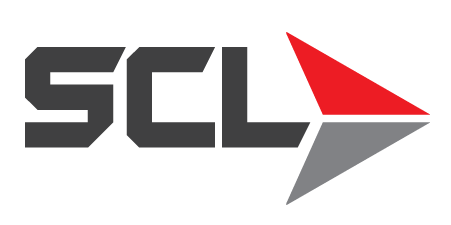How the Saudi Oil Attack Can Affect You and Your Business

Oil Stock Prices Rising
What You Need to Know to Stay Prepared in the Face of Unpredictibility
While questions surrounding weekend drone attacks on a Saudi Arabian oil facility and a nearby oil field continue to arise, there’s one fact that remains relatively unquestioned: the destruction of one of the world’s largest processors of oil has and will continue to affect crude oil prices globally.
Following drone strikes, Saudi Aramco’s Abqaiq plant, responsible for nearly 5 million barrels of crude-oil production a day, halted production of half of the facility’s output.
That means Saudi Arabia’s oil capacity – which accounts for about 5% of the world’s oil production – was cut in half overnight.
S&P Global Platt reported that Brent oil, the international benchmark, could see anywhere from a $5 to $10 price surge per barrel in the days following the attack. Other experts added that regardless of how prices fluctuate, the events “raise the risk of further disruptions to Middle East output,” likely elevating the risk of oil prices vaulting even higher, according to MarketWatch.com.
Two days following the attack, oil in the United States soared to its highest price in a decade, leading some industry experts to surmise predictions based on past historical events. Those events, beginning with the 1973 oil crisis, led to widespread panic and long lines at the pump throughout the United States.
Uncertainty and Historical Patterns
In 1973, when the Organization of Petroleum Exporting Countries (OPEC) issued an embargo against the United States, it led to what is now referred to as the “first oil shock.”
During that time, oil prices soared from $3 a barrel to about $12 a barrel globally, with the United States absorbing the highest increases in prices. The effects of that spike, as well as the embargo itself, on global politics and the global economy, were severe and longstanding. The hike not only directly affected Americans when it came to accessibility of gasoline; it led to higher prices for leaders in manufacturing, aviation, agricultural and a wide range of other industries.
In 1979, a “second oil shock” resulted from decreased supply following the Iranian Revolution. While only 4% of the global supply was affected, a collective anticipation of shortages fueled another widespread panic that, subsequently, drove barrel prices to extreme heights. That year, prices rose to $39 per barrel, according to Federal Reserve History.
Immediately following the 2019 attack in Saudi Arabia, prices hovered around $60 per barrel for crude oil. According to CNN, while initial surges led to premiums as high as 18%, authorization by U.S. President Donald Trump to use oil from the country’s emergency oil supply three days after the attack quickly stabilized prices.
The U.S. reserve, which the country began stockpiling following the 1973 embargo, is currently the world’s largest backup pool of oil. The last time it was utilized was in the fallout after Hurricane Katrina in 2005, which devastated the nation’s oil infrastructure in the Gulf of Mexico.
Near Unpredictable Fallout
While there are certain deliberate moves or events that dictate the rise and fall of prices, such as new guidelines released by OPEC or natural disasters like hurricanes, there are other times where simple comments can lead to unpredictable price stabilizations or disruptions.
In this particular instance, there are varying opinions regarding how long it will take Saudia Arabia to get back on track, and uncertainty is volatile.
An announcement by Saudi officials four days after the attack, for example, stating that the country’s production will return to normal within two to three weeks, caused dramatic spikes in pricing to quickly stabilize.
While experts have differing opinions regarding how long or if that stabilization will last, in either case, there truly is no way to know for certain.
The only certainty, at this point, is to expect volatility. Whether you are a leader in manufacturing, automotive, aviation, agricultural or another industry that relies on oil for operations, it’s best to monitor fluctuations as they come and institute a plan to change directions in the event of price surges.
It’s also wise to have a concrete idea of how fluctuations affect your portfolio and reconsider risks when it comes to investments, expenses or even internal operations, at least for now.
Contact an SCL Consultant today
In a wide range of industrial sectors, SCL is committed to being the number one logistics and solutions provider for the products that protect and optimize the machines that keep our country moving. We pride ourselves on remaining at the forefront of industry trends and technological innovations, and as the market continues to evolve, we are committed to providing extensive product and industry knowledge and total performance satisfaction for our customers. For more information on how we can assist you in choosing optimal products at a competitive price, contact an SCL expert today.
